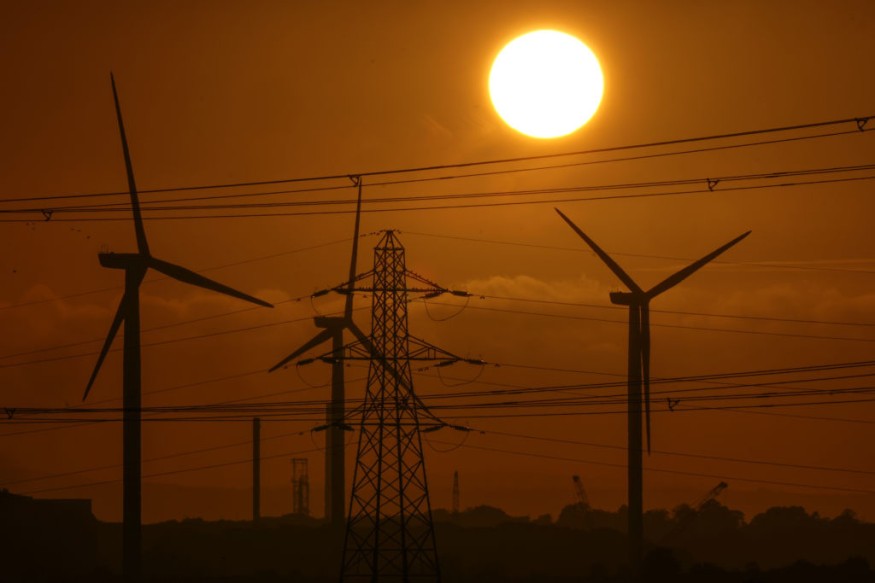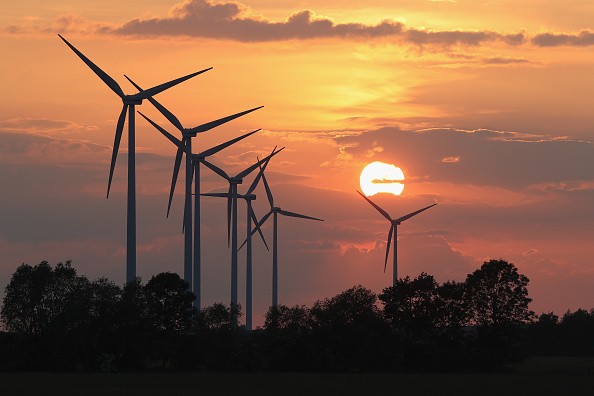The Biden administration announced several clean energy measures in January, including plans to host the largest-ever sale of offshore wind licenses in US history and speed up the construction of new power lines to transfer renewable energy across the country.
Sales and Leases

The sale of six commercial leases in the New York Bight between Long Island and New Jersey in February, the most successful offshore wind lease auction in history, was at the heart of the offshore effort. Companies interested in developing the seas bid a record $4.37 billion for 488,000 acres of offshore wind leases. Between 5.6 and 7 GW of installed capacity is projected to power 2 million households. The Department of Energy also announced the commencement of the Building a Better Grid program, which will use billions of dollars from the $1 trillion infrastructure package approved in November to support new lines and grid repairs.
On the other hand, the Biden administration is preparing to build a massive offshore wind farm that would dwarf the New York Bight.
According to Politico, the US government is considering opening 30 million acres of the Gulf of Mexico near Texas and Louisiana to offshore wind energy projects as part of Vice President Joe Biden's goal of building 30 gigawatts of wind power capacity by 2030, enough to power more than 10 million homes.
To meet its offshore wind energy objective, the US would require more than 2,100 wind turbines, at least 2,100 foundations, more than 11,000 kilometers of cables, and five wind turbine installation boats, according to a research issued in March by the National Renewable Energy Laboratory (NREL). In the continental United States, there are now 71,328 wind turbines recorded.
Wind Turbine Status

Though no wind turbines have yet blossomed in the Gulf's waters, there are numerous reasons why the Gulf of Mexico is an ideal location for an offshore wind hub.
To begin with, the Gulf Coast boasts a plethora of enterprises and personnel with decades of offshore energy production experience. According to the Energy Information Administration, federal offshore oil production in the Gulf of Mexico accounts for 15% of total US crude oil output. The Tiber oilfield (found 2009) and the Eugene Island block 330 oilfields are major fields, while noteworthy oil platforms include Baldpate, Bullwinkle, Mad Dog, Magnolia, Mars, Petronius, and Thunder Horse.
"We have a very developed energy foundation." "We know what we're doing," Lefton remarked. "The people, the firms, and the manufacturers know how to execute [Outer Continental Shelf] energy development in the Gulf of Mexico," said Amanda Lefton, head of the Interior Department's Bureau of Ocean Energy Management.
The Gulf's existing oil and gas infrastructure provides "historical expertise," according to Hayes Framme, government relations manager for North America at Danish wind giant Ørsted A/S (OTCPK: DNNGY).
"The fact that you have a crew that is used to working on rigs in the water is one of the factors that makes the Gulf area desirable." It's not like you have to start a business. Dennis Arriola, CEO of renewable energy provider Avangrid Inc. (NYSE: AGR), said, "What you have to do here is help an established sector evolve."
Shift Urgency
According to Michael Hecht, president and CEO of Greater New Orleans, jobs in the Gulf's conventional oil and gas business have fallen over the last decade, generating a feeling of urgency to create a shift that allows individuals to keep their skills.
With wind power being utilized to create green hydrogen to minimize greenhouse gas emissions from businesses like long-haul transportation, fertilizer manufacture, and aviation, the Gulf might become a major hydrogen center.
According to the Maritime Professional, approximately 45 offshore wind projects were in development in the United States as of January 2022, representing $136 billion in capital investment and $4.4 billion in annual OPEX opportunity. According to Maritime, 46 offshore wind projects will install 43 GW of capacity in this and the next decade, with the projects expected to come online this decade or early next.
According to the report, 17.5 GW of project capacity has already received offtake agreements, and 16.5 GW of new federal offshore lease activity is ongoing in the northeast, South Atlantic, and California.
Because of dropping offshore wind pricing, government action, and state-level pledges, the US offshore wind pipeline rose 24 percent year over year in 2021, with 35,324 MW now in different phases of development, according to the US Department of Energy. Given the severity of the Covid-19 outbreak, this is rather remarkable. In 2020, the United States will have added 17 GW of wind power, increasing the total installed capacity to 122 GW.
With 288 GW of installed capacity, China is the world leader in wind energy.
What Might Come Next
The increasing uptake of sustainable energy is largely due to falling prices. According to BNEF, the worldwide average LCOE (Levelized Cost of electricity) for offshore wind farms will fall by 41% by 2030. Another significant advantage is that offshore projects may be developed on enormous scales to offset coal and nuclear facility closures directly, unlike onshore wind and solar.
Leading non-US offshore wind businesses Ørsted A/S, Northland Power (OTCPK: NPIFF), and, to a lesser degree, Vestas Wind Systems (OCTPK: VWDRY), have reaped the benefits of the offshore boom.
For more environmental news, don't forget to follow Nature World News!
© 2025 NatureWorldNews.com All rights reserved. Do not reproduce without permission.





